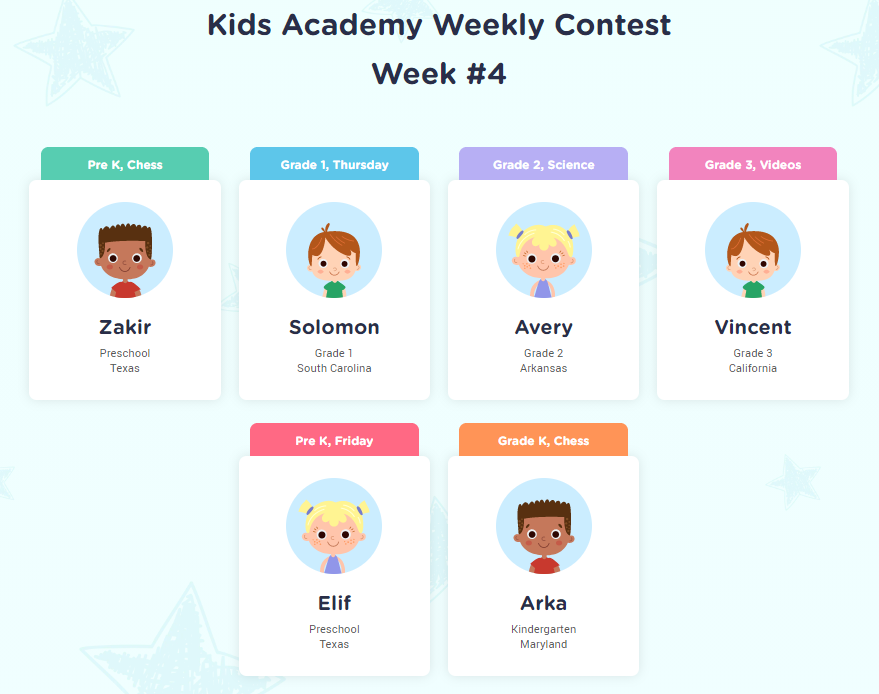Hand-eye Coordination Normal Math Worksheets for 4-Year-Olds
6 filtered results
-
From - To
Enhance your 4-year-old's learning with our Hand-Eye Coordination Normal Math Worksheets! Perfectly designed to develop both mathematical skills and coordination, these engaging worksheets guide children through fun activities involving counting, pattern recognition, and basic arithmetic. By promoting hands-on drawing and tracing tasks, each worksheet ensures young learners improve their fine motor skills while gradually understanding math concepts. Ideal for parents and educators aiming to provide a balanced approach to early education, these worksheets are a vital tool in fostering both cognitive and physical development. Start your child’s journey towards academic success and effortless hand-eye synchronization today with our expertly crafted resources.
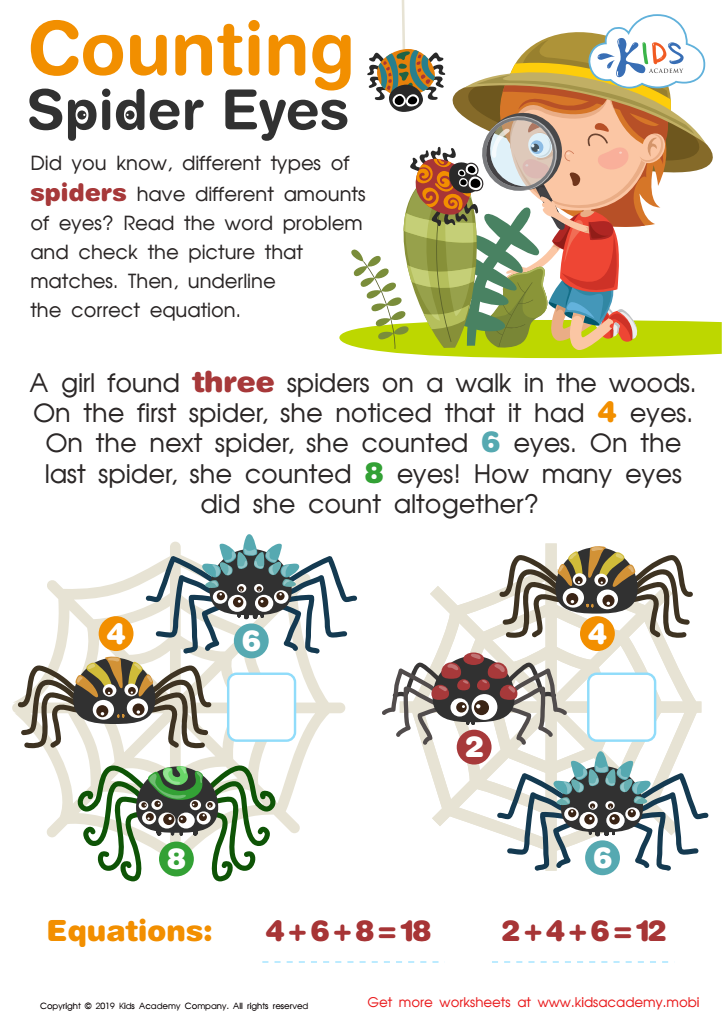

Counting Spider Eyes Worksheet
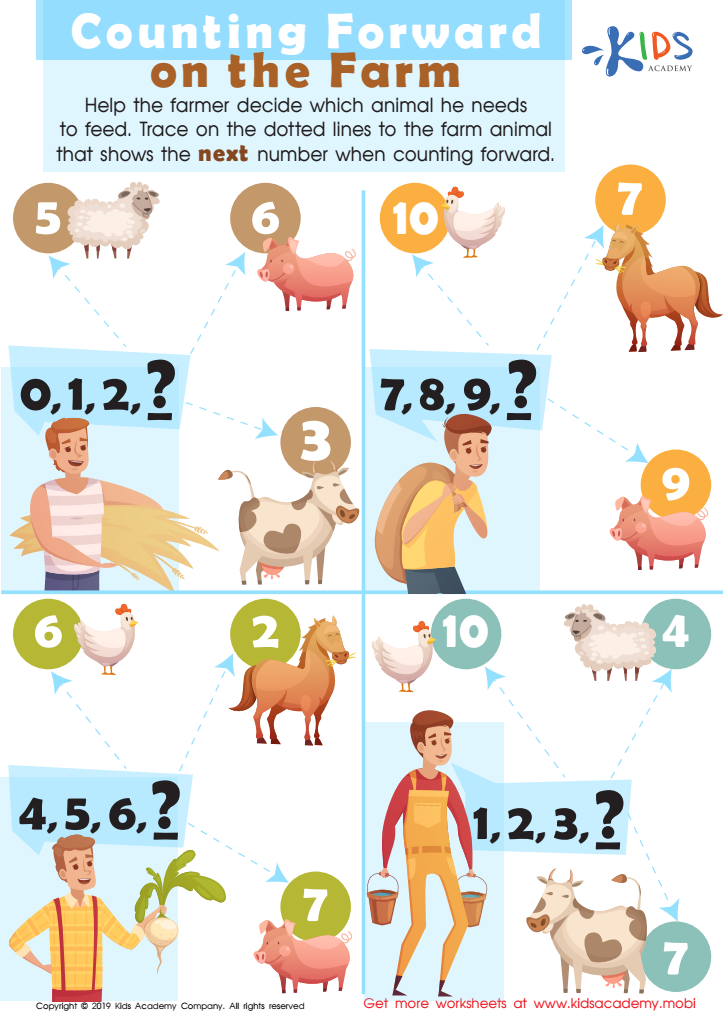

Counting Forward On the Farm Worksheet
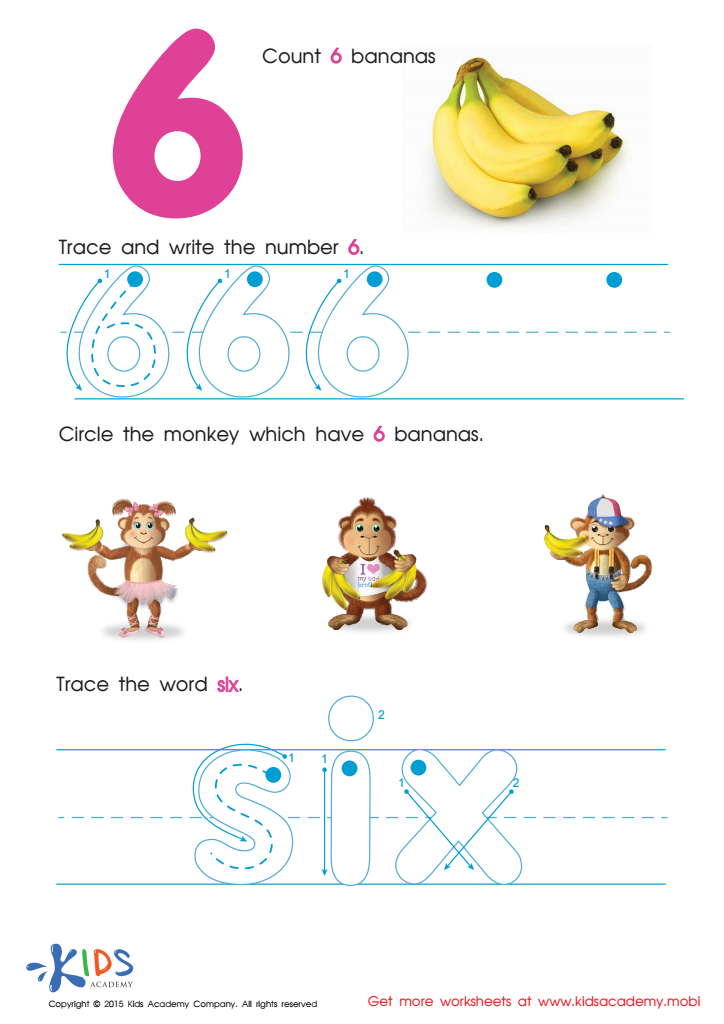

Tracing And Writing Number 6 Worksheet


Practice Writing Number 5 Worksheet
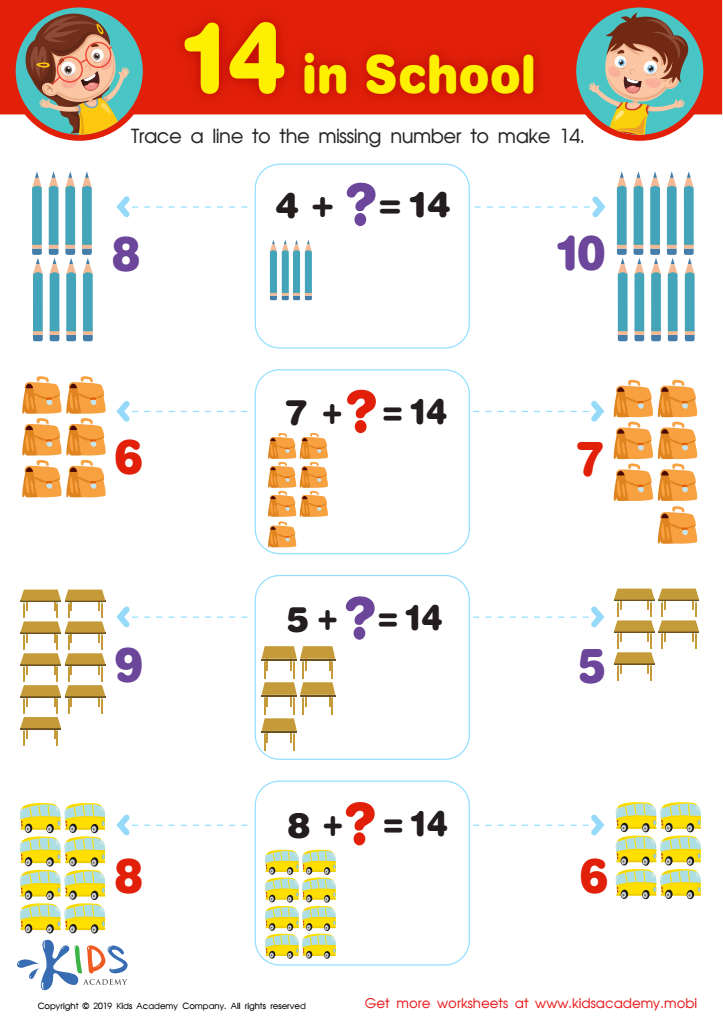

14 in School Worksheet
Hand-eye coordination is a fundamental skill vital to a child's development, and nurturing it through activities that feel like play can have long-lasting benefits, especially in early math learning for 4-year-olds. This coordination involves synchronizing visual input and hand movements, a process essential for broader cognitive functions. When children engage in activities that develop hand-eye coordination, such as sorting shapes, stacking blocks, or connecting dots, they are not just playing—they are learning fundamental math skills.
For instance, tasks like arranging shapes or counting objects enhance spatial awareness and numerical understanding, directly contributing to early math readiness. These activities require children to observe, compare, measure, and manipulate objects, laying a foundational understanding of concepts such as geometry, numbers, and patterns. This form of "normal math" at a young age fosters problem-solving skills, attention to detail, and boosts memory.
Moreover, integrating playful, hands-on math-oriented tasks helps build a child's confidence and interest in learning, establishing a positive approach toward education. Therefore, parents and teachers should prioritize activities enhancing hand-eye coordination as it not only supports physical development but also fosters cognitive skills crucial for academic success and everyday life.
 Assign to My Students
Assign to My Students

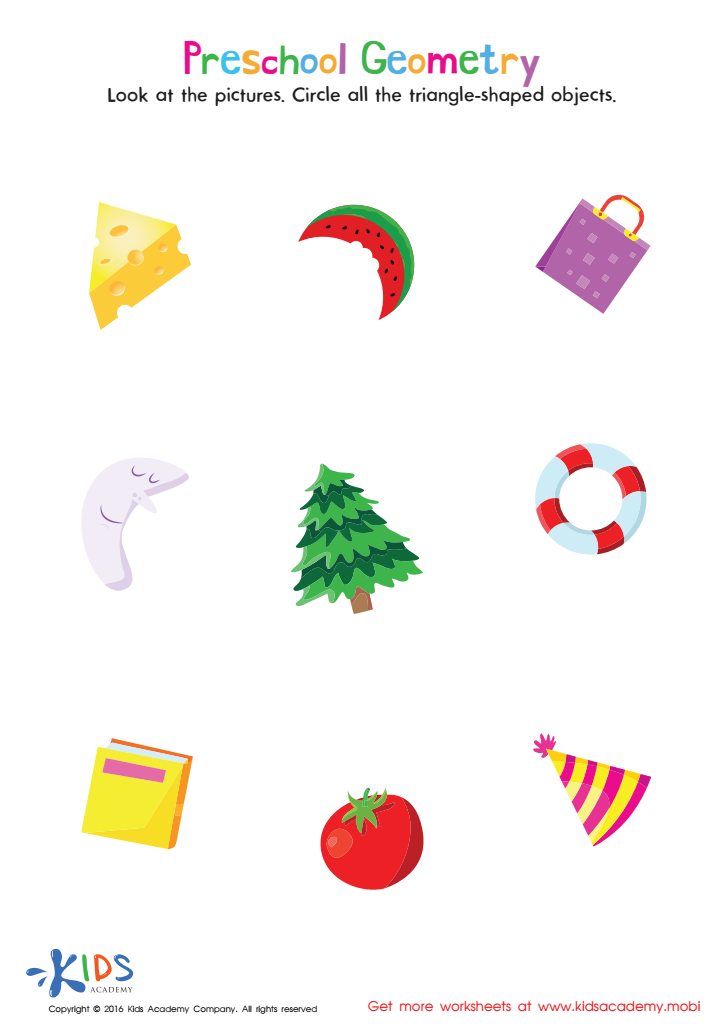


.jpg)



